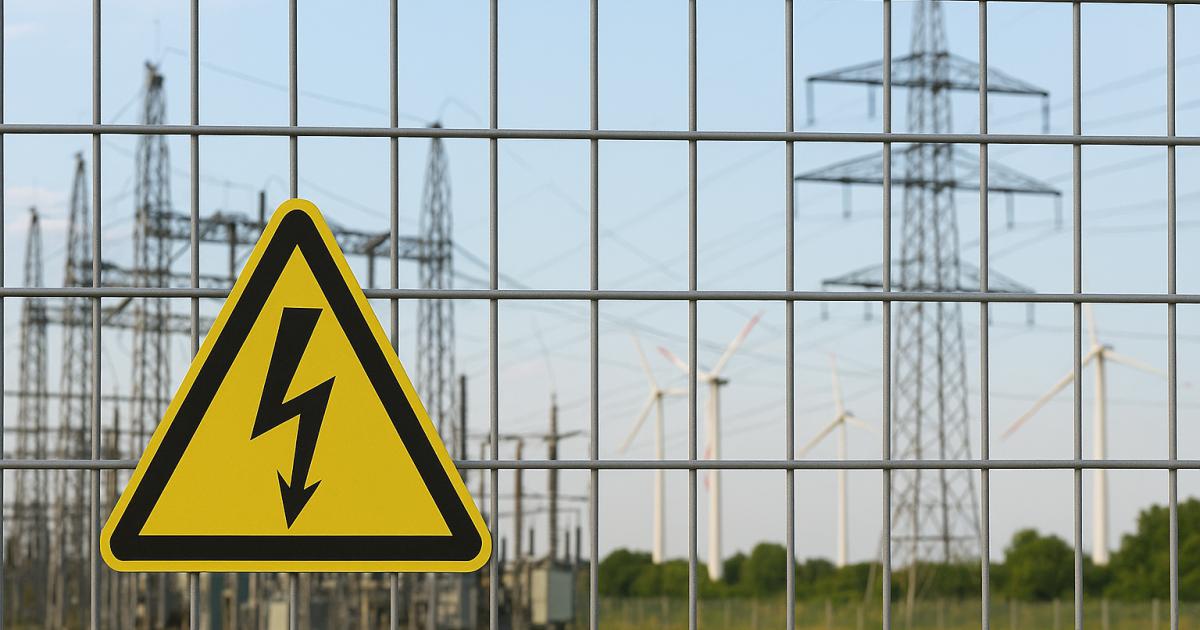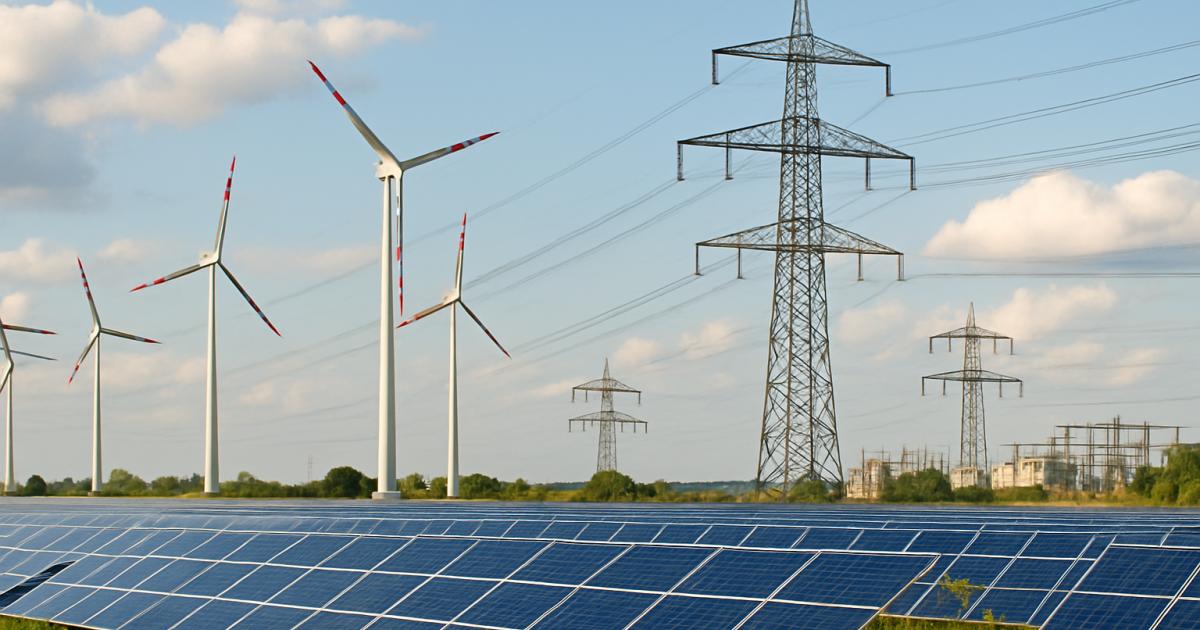
Spain's energy blackout: how the country went dark in five seconds
on April 28, 2025, Spain experienced one of the most severe energy crises in its history. The failure began in the Aragón-Catalonia electricity corridor, a key transmission route through which both power from northeastern wind and photovoltaic farms and imports from France flow.
Although the interconnection with France covers only 3% of the country's energy needs (much less than the 10% recommended by the EU), at critical moments it is of great importance for stabilizing the system. This time it failed to hold - and the consequences were immediate.
Seconds that plunged the system
At 12:32 a.m. there was a so-called “electric shock” - a sudden disturbance in the flow of power in the transmission network. Such a spike can mean uncontrolled increases or decreases in voltage and current, which cause chain reactions. Experts point to three possible causes:
- Automatic protection shutdown - the relay detected the anomaly and immediately broke the circuit, protecting the infrastructure from damage.
- Resonance in converter electronics - a large concentration of renewable sources (wind, solar) may have led to the phenomenon of voltage oscillation between inverters.
- Error SCADA system command - it is not excluded to send a command (by error or cyber attack) that suddenly disconnected several power plants.
Whatever the reason, the effect was dramatic: the connection to France was severed, and the Spanish network was cut off from external support - just when it needed it most.
Domino effect: frequency drops, system shuts down
In electric power systems, the frequency (in Europe: 50 Hz) acts like a heartbeat - when it starts to drop, protective devices interpret this as an impending heart attack and automatically shut down. This was also the case this time.
Within five seconds, the grid lost 15 GW of power - or 60% of total generation at that point. Solar and wind power plants, highly sensitive to frequency drops, shut down first. system collapsed completely.
Red Eléctrica Española showed the message: “0 MW”. The country was plunged into darkness. Spain - in the technical sense - had stopped working.
Why couldn't it be easily turned back on?
To run the grid “from scratch” (so-called black start), you need power plants capable of operating without external power. Spain has five large hydroelectric plants with this capability, but .... three of them were just shut down due to scheduled maintenance outages. Of the five, only two were available.
This delayed the process of restoring the network and made the restoration of supply much slower than standard emergency procedures stipulate.
Ten hours later - still half the country without electricity
After nearly ten hours of operation, only 35-40% of the national power supply was restored. Many regions were left in the dark or with power supply restrictions.
A deeper problem: Spain's energy loneliness
It wasn't just a failure. It was a warning signal. The events of April 28 exposed systemic weaknesses in the Spanish network:
- Spain is an energy island - only 3% of energy import capacity relative to its own demand.
- High reliance on renewable sources that immediately shut down in the event of a disturbance.
- No inertial reserves - no large rotating masses (as in classical power plants) to stabilize voltage and frequency.
- the poor coordination of technical reviews that deprived the network of needed “muscle” in the form of hydroelectric power plants at a time of crisis.
What was the cause?
From the current analyses, it appears that the most likely was a combination of technical failure and planning deficiencies (estimated probability ≈ 40%).
At the same time, the possibility of a targeted cyber-physical attack is still being analyzed (about 25% chance). Other potential causes include human error, extreme weather events or a combination of these.
Conclusion: five seconds that exposed the weakness of the system
It all started with a single pulse at the most strategic point in the Spanish network. That was enough to cut the country off from the rest of Europe and set off a chain reaction.
Lack of interconnection, lack of power reserves, lack of readiness - this made the system fail.
Today, Spain is still rebuilding its network, but the most important question is: have we learned anything for the future?








